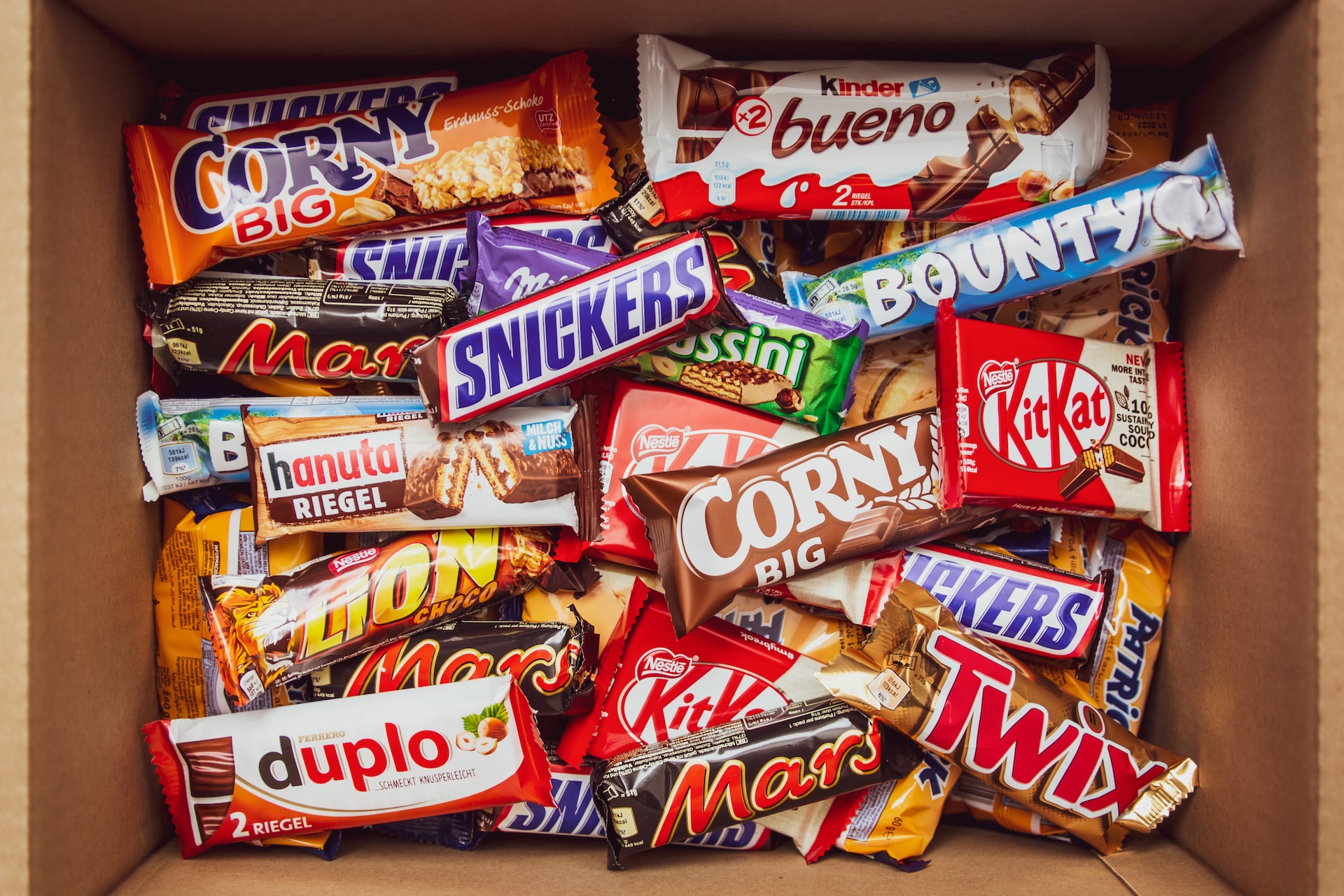Candy is a beloved treat that has been enjoyed by people of all ages for centuries. It is often associated with childhood nostalgia, but candy has a rich history that dates back to ancient civilizations. The first recorded mention of candy was in ancient Egyptian hieroglyphics, where it was described as a treat made from honey and nuts. From there, candy-making techniques spread throughout the world, and today, candy is enjoyed in nearly every corner of the globe. The hieroglyphics previously mentioned describe a sweet treat enjoyed by the ancient Egyptians as early as 2000 BCE. The Egyptians were skilled at working with honey, which they considered a sacred food that was often used in religious ceremonies.
The candy described in the hieroglyphics was likely a type of confection made by mixing honey with nuts or fruit. This mixture would have been heated and then allowed to cool, forming a hard, sweet candy. While the candy was undoubtedly a luxury item that was only available to the wealthy, it was still enjoyed by people from all walks of life.
The ancient Egyptians were also skilled at making other sweet treats, such as cakes and pastries. These treats were often served at banquets and other special occasions, and were highly valued for their taste and texture.

The popularity of candy in ancient Egypt is a testament to the enduring appeal of sweet treats. Even thousands of years ago, people were willing to go to great lengths to satisfy their sweet tooth. Today, candy remains a beloved treat that is enjoyed by people all over the world, from children to adults. Whether it’s a simple piece of chocolate or a complex confection, candy is sure to bring a smile to anyone’s face.
What more should we know about candy and when it first started to become popular? Let’s take a closer look.
The origins of candy can be traced back to ancient times, with evidence of candy-like treats being enjoyed by the Greeks, Romans, and Egyptians. In ancient Greece, honey was often used to make candies, while the Romans were known for their fondness of sweetened fruits and nuts.
Candy-making techniques continued to evolve throughout the Middle Ages, with the introduction of sugar in the 10th century. Sugar was a luxury item that was initially only available to the wealthy, but as production methods improved, it became more widely available. During the Middle Ages, sugar was often used to make a variety of sweet treats, including candied fruits, marzipan, and sugar paste.
The popularity of candy continued to grow throughout the Renaissance, with sugar becoming more affordable and widely available. The first commercial candy shop opened in London in the late 16th century, selling a variety of sugar-based treats. Candy-making techniques continued to evolve, with the introduction of molds and other tools that allowed for more intricate designs.
Apothecary Shop
The first known candy store was called “The Apothecary Shop” and it was opened in 1660 by a man named William Schermuly in New York City. The shop sold a variety of sweet treats, including sugar-based candies and chocolate, which was still a relatively new and exotic ingredient at the time. The shop quickly became popular among the city’s elite, who were willing to pay top dollar for the imported delicacies.
Schermuly’s candy store was located in the heart of New Amsterdam, which was later renamed New York City. The store was located near the waterfront, where ships from Europe and the Caribbean would dock with their precious cargoes of sugar and other luxury goods. Schermuly used these imported ingredients to create a wide variety of sweets, including sugar plums, marzipan, and bonbons.
The Apothecary Shop was not only the first candy store in America, but it was also one of the first businesses in the country to specialize in a single product. Prior to this, most stores sold a wide variety of goods, from food to clothing to hardware. Schermuly’s decision to focus solely on candy was a bold one, but it proved to be a wise choice, as the store quickly became a fixture of the city’s social scene.
Over time, other candy stores began to spring up in New York City and other cities across the country. By the late 19th century, candy-making had become a major industry, with companies like Hershey’s and Mars dominating the market. However, the legacy of William Schermuly and his Apothecary Shop lives on, as candy remains a popular treat that is enjoyed by people all over the world.
The Industrial Revolution in the 18th and 19th centuries had a significant impact on the candy industry. Advances in technology and production methods allowed for mass production of candy, making it more affordable and accessible to the general population. The first American candy store opened in the early 19th century, and by the end of the century, candy had become a popular treat throughout the United States.
In the early 20th century, candy bars became increasingly popular, with companies like Hershey’s and Mars introducing new products like the Hershey bar and Milky Way. These candy bars were convenient and portable, making them a popular snack for people on the go. During World War II, candy became a staple of soldiers’ rations, further cementing its popularity.
Today, candy is enjoyed around the world, with a wide variety of flavors and styles available. From gummy candies to chocolate bars, there is something for everyone. Candy is often associated with holidays and special occasions, such as Halloween and Valentine’s Day. It is also a popular treat for children’s parties and other events.
Candy has a long and fascinating history that spans thousands of years. While its origins can be traced back to ancient civilizations, candy became more widely available and popular during the Middle Ages and the Renaissance. The Industrial Revolution in the 18th and 19th centuries allowed for mass production of candy, making it more affordable and accessible to the general population. Today, candy is enjoyed around the world and is a beloved treat for people of all ages.



